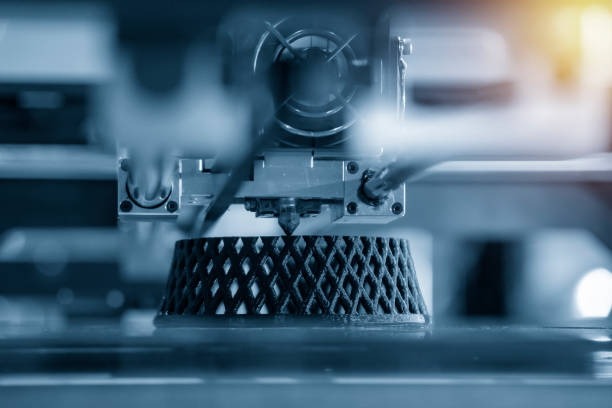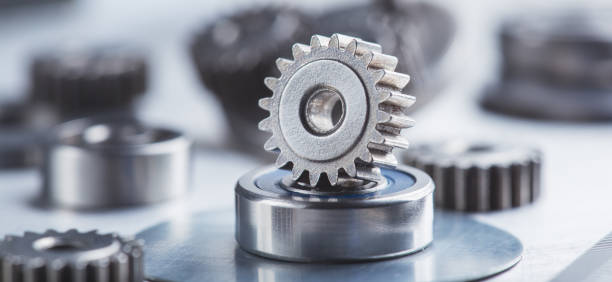- Aug 12, 2025
In modern manufacturing, reducing waste is as critical as improving output. 5-axis high precision machining delivers both, helping companies reduce scrap rates by up to 90%. Like "lead-free compliance" in electronics, this approach meets the strictest production standards, ensuring consistent quality while driving a lower cost per part.
Unlike conventional milling, precision machining efficiency in 5-axis systems minimizes operator error and eliminates multiple setups. The result is tighter tolerances, fewer rejected components, and faster cycle times.
High Scrap Rates Impact Profitability
Scrap parts mean wasted materials, labor, and energy. For industries like aerospace and medical devices, even small errors translate into large losses.
By adopting 5-axis high precision machining, manufacturers drastically reduce scrap rates. Advanced controls ensure every part meets exact specifications on the first pass.
Long Setup Times Slow Output
Multiple setups on 3-axis machines increase both production time and risk of error. Each repositioning adds alignment challenges.
With precision machining efficiency from 5-axis systems, complex geometries are completed in a single setup. This not only lowers cost per part but also increases throughput.

Inconsistent Tolerances Reduce Customer Trust
Customers expect parts to fit perfectly. Variations in size or finish can damage long-term relationships.
5-axis high precision tools maintain tolerances within microns. This repeatability builds client confidence and strengthens your market position.
Complex Parts Increase Error Risk
Intricate designs often require multiple machine types or hand finishing, which increases the probability of mistakes.
By using 5-axis high precision machining, shops can produce complex components in one continuous cycle. This significantly reduces scrap rates and improves delivery timelines.
Technical Solution – Data-Driven Efficiency Gains
Switching to 5-axis high precision machining offers measurable advantages:
Scrap Reduction: Up to 90% fewer rejected parts.
Cycle Time Improvement: 40% faster production on average.
Tolerance Accuracy: ±0.002 mm capability.
Setup Minimization: One setup for most complex parts.
Tool Path Optimization: CAM software integration reduces wear.
These benefits combine to achieve a dramatically lower cost per part while maintaining superior quality.
Beyond Scrap Reduction – Long-Term ROI
The initial investment in 5-axis high precision equipment pays back quickly. Reduced waste means material savings, while faster cycle times increase production capacity without additional labor costs.
In industries where material like titanium or Inconel is expensive, cutting scrap rates by 90% translates to massive financial gains.
Internal Process Improvements
Implementing precision machining efficiency requires more than hardware—it involves workflow changes:
Operator Training: Ensure staff fully utilize machine capabilities.
CAD/CAM Integration: Shorten design-to-production timelines.
Preventive Maintenance: Keep equipment performing at peak levels.
Quality Control Feedback: Catch deviations early before full production runs.
These measures further secure lower cost per part outcomes.
Why Industries Are Switching to 5-Axis High Precision
Aerospace: Complex turbine blades produced with zero rework.
Medical: Surgical implants machined to perfect fit.
Automotive: Prototypes delivered in half the time.
Energy: Precision components for high-pressure systems.
The ability to reduce scrap rates and increase precision is now a competitive necessity.
How to Start Transitioning Your Production
Evaluate Scrap Metrics: Know your current rejection rates.
Identify High-Cost Materials: Target parts with expensive alloys.
Pilot Runs: Test small batches to confirm gains.
Scale Gradually: Transition production lines step-by-step.
A structured approach ensures you realize the full value of precision machining efficiency.
Conclusion
Adopting 5-axis high precision machining is not just a technology upgrade—it’s a strategic move. By reducing scrap rates 90%, you protect margins, enhance customer trust, and position your business for growth.
Explore our solutions in the product category section. The sooner you invest, the sooner you’ll enjoy a lower cost per part and a stronger competitive edge.


